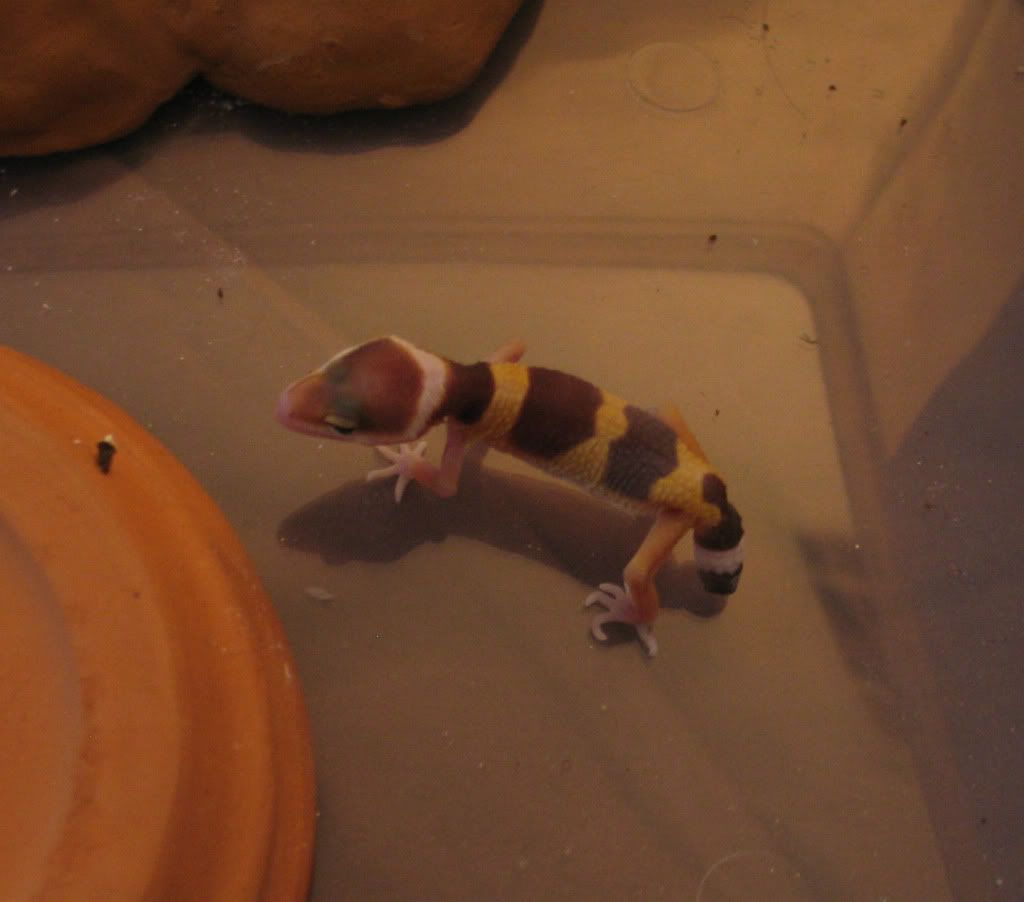I'm thinking the problem can be traced to a shortage of Vitamin A, possibly due to improper calcium supplementation.
I posted about this a few years ago and copied it here (don't have much time tonight to just post the pertinent info.) Some of it doesn't completely apply to your problem, but it's worth noting.
Here's what a shortage of Vitamins A can do.
VITAMIN A: PROVEN BENEFITS
: Promotes bone growth, teeth development, reproduction.
: Helps form and maintain healthy skin, hair, mucous membranes.
: Builds body's resistance to respiratory infections.
What this vitamin does:
: Essential for normal function of retina. Combines with purple pigment of retina (opsin) to
form rhodopsin, which is necessary for sight in partial darkness.
: Necessary for growth of bone, testicular function, ovarian function, embryonic development,
regulation of growth, differentiation of tissues.
VITAMIN A: INTERACTION WITH OTHER SUBSTANCES
: Antacids decrease absorption of Vitamin A and fat-soluble vitamins D, E, K.
So, what does this mean as far as gecko husbandry is concerned?
Note.... it's necessary for embryonic development, and proper functions of the reproductive
functions in males and females. Also, antacids can decrease absorption.
Antacids are normally calcium based. That suggests excess calcium in the digestive tract can
block absorption of Vitamin A and D (I won't worry about E & K here). With a shortage of Vitamin
D you can get MBD symptoms even though there is ample calcium available. It's easy to increase
the calcium available, dusting more often, even to the point of 'icing' the bugs with calcium,
all of which just puts more 'antacid' into the system. Less and less Vitamin A & D is
available.... a vicious circle. The result is a gecko with possible MBD even though it's on
calcium substrate and gets calcium supplement. AND you have .... a severe shortage of Vitamin A.
You can't see the vitamin A shortage easily, except for possibly poor vision and/or aim when
hunting. Rough skin is usually shrugged off as a 'bit of a bad shed' and hope it works better
next time. If not.... well, we'll just remove the stuck skin with a cotton pad. And so the
circle continues.... more calcium, less vitamin A & D.
The next big worry is the Next Generation. They're hatched tiny, short tails, missing or
deformed eyelids, a pouch-like flap of skin under the chin, weak, poor vision or even blind. It
gets shrugged off as 'one of those things, it does happen even in the wild".
Who would have thought it could be traced to excess calcium?



